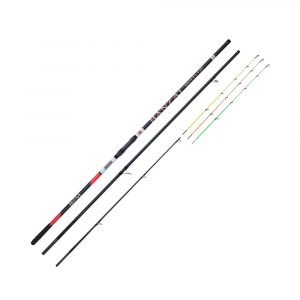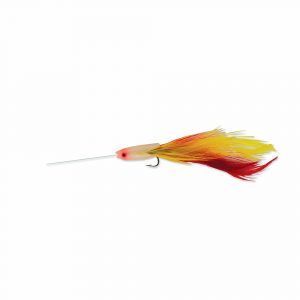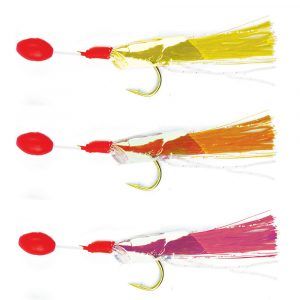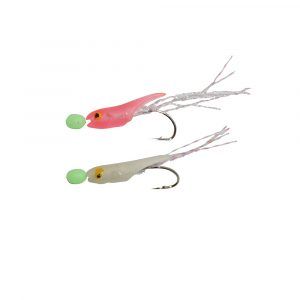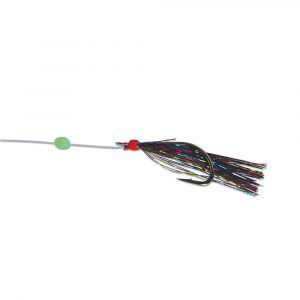Having a few fresh herring for bait in the winter and especially spring, can be a real edge when targeting fish like whiting, dabs, thornbacks, huss, and conger. From November to March, herring baits can often out fish mackerel, but it’s not that commonly used, which is surprising. Here’s how to catch them.
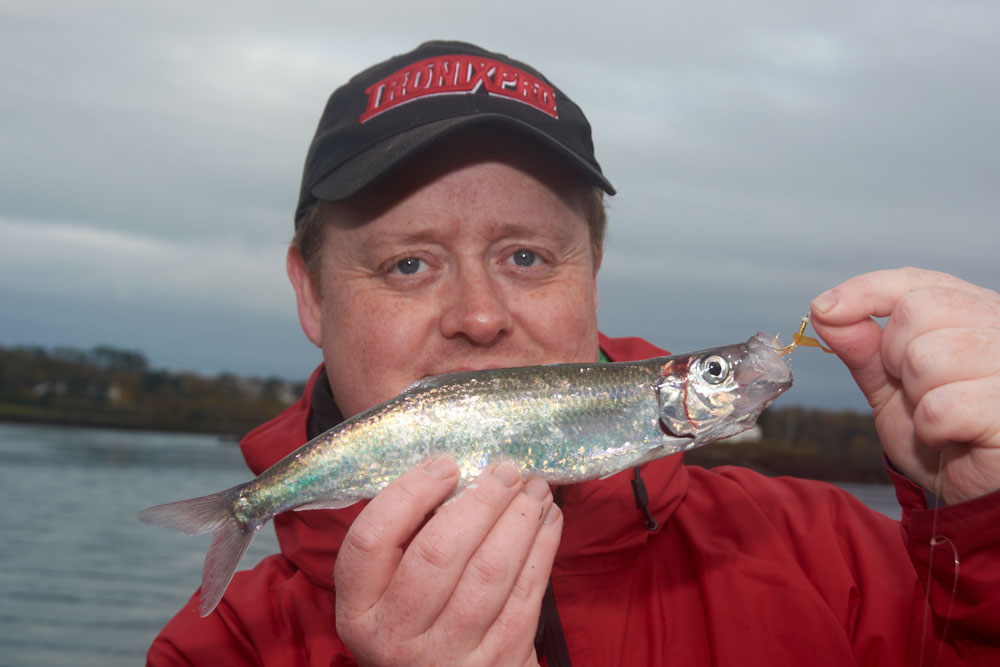
When To Catch Herring
The season for herring can vary from area to area, but in the south and west the shoals start to work shoreward from late September, with November to February the peak period. That said, some areas see good catches not far from shore during the April to June period, and some areas see the herring within a mile or two of the coast during September. Further north and east, the herring again show through the winter, but can be caught close to shore from September to June.
Generally speaking, shore fishing for herring is best done in the period November to February.
Where To Catch Herring
Offshore, they are found just up off the seabed to 2/3rds depth by day, rising closer to the surface at dusk and dawn when light levels are lower. They often favour shoaling above rougher ground but are found over sand too.
From the shore they can be caught from rock ledges, breakwaters, piers, and jetties and will shoal inside deeper harbours that retain a decent depth of water at low tide.
Weather and Tides
Herring prefer calm seas and settled periods of weather with a high barometric pressure and little wind. They are in concentrated shoals and in their best numbers when the weather has been settled for several days and stays that way. Overcast skies fish better than clear sunny days.
Offshore, the herring shoals will move with the tide being higher in the water during minimal flow periods, then drop deeper as the tide flow increases. Catches are usually best during the flood tide.
From the shore, expect the middle hours of the flood to high water to give the best opportunities, with the hour before high water excellent when fishing from man-made structure such as breakwaters and piers. Again, overcast days are better than sunny days, and fishing at dawn and dusk, if they coincide with the approach to high water, can be excellent.
Tackle
Rods around 12ft in length are ideal, but choose ones with a choice of soft tip sections to cover 2 to 4oz weights, the Banzai Multi Tip is an ideal rod for this finesse fishing. Match this to a 5000 sized fixed spool reel loaded with 20lb Tronixpro X8 Power braid. These longer rods are also popular when boat fishing rather than conventional shorter length boat rods which are too stiff for small fish like herring. The longer rod and fixed spool reel also allow you to cast away from the boat and work the lures at shallower angles on the retrieve, rather than straight up and down fishing.
The soft rod tip sections also help when lifting fish as often the hook holds can be suspect with herring more likely to drop off the hook than mackerel are. For more information on using multi tipped rods, read this blog here.
Using luminous lead weights can also draw fish into your feathers. Luminous green works well, but pink and white can also work well. Carry all three colours and see what works best on the day. White can prove good at dusk and dawn, with the green best in deeper water.
Baits
Choose strings of feathers tied on smaller size 6 hooks or even smaller. Herring eat smaller fry mostly and using bigger hooks will see fewer fish caught. Herring like bright colours and respond well to tinsel type lures and lures with a small luminous bead in front of the hook.
Adding a tiny sliver of fresh herring or squid to the actual hook point can sometimes improve catches when the herring are hard to tempt.
Our AXIA range of rigs contains plenty of successful herring rigs, go for the Grub, Mini Hokkai, Refreshers or Teasers in Size 8, and you won’t go far wrong.
Fishing From a Boat
It's best to start by simply dropping the lead weight down until it hits the seabed, then retrieving say 10ft of line and start jigging the feathers up and down by gently lifting and raising the rod tip. If no bites occur, retrieve another 10ft of line and continue this pattern until you find the depth the fish are concentrated at. Remember that the fish shoals will be deeper as the tide increases and lift towards low and high-water slack. This change in depth is also influenced by light levels, so expect them to be deeper in bright sunshine but shallower with overcast clouds and change throughout the day.
If you feel little nips on the line but no takes occur, try using smaller lures or cut the feather length down, so there’s less feather or tinsel exiting behind the hook bend. Also try changing colours.
Small lifts of the rod tip with reduced feather lure movement are more successful for herring rather than longer sweeps of the rod as you would for mackerel.
Fishing From the Shore
Fishing off rocks, breakwaters, harbour walls and piers requires casting, but again you need to establish the depth of the fish. Do this by counting down the lead. If using a 2oz lead, expect the weight to fall in the water at about 4ft per second, so countdown to 3 (12ft) then start a slow and steady retrieve by lifting the rod tip up a couple of feet and retrieving the slack line, then repeat. This gentle sink and draw presentation imitates a small shoal of fish and works best for the herring. Keep going deeper by counting down the lead until you find the fish.
The herring tend to concentrate on the inside of any man-made structure where the run of tide is lessened. Avoid casting into areas of main tide flow and strong currents.
Over high water, when fishing inside deep harbours and off breakwaters and other man-made structures, you can sometimes see the herring boiling on the surface. This is not like mackerel that slash at bait fish creating spray, but more a shimmering on the flat sea's surface. If you notice this surface disturbance, try to cast well beyond the obvious activity and draw the feathers back into the shoal for the best returns. Casting into the feeding fish will just scatter them.
Use the smallest leads you can get away with to minimise disturbance, and again try the luminous leads, especially when fishing at dawn and dusk. Also, try charging any luminous beads on the rig with a light source to add extra attraction, though works sometimes and not others.


